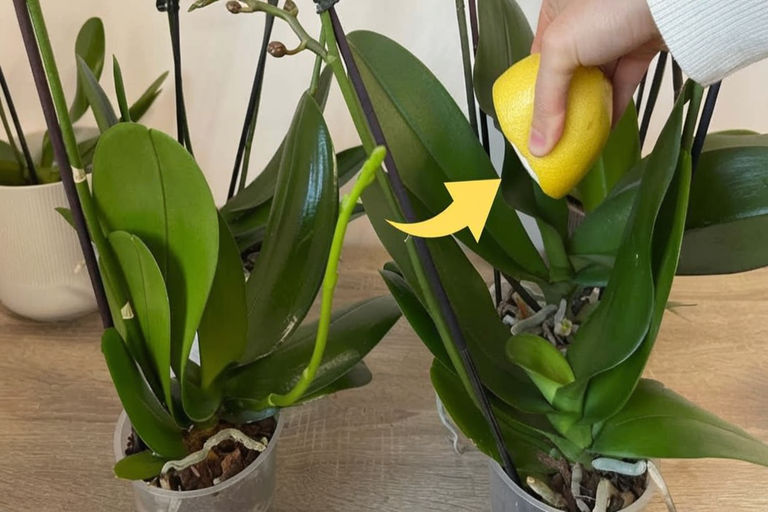
Orchids are among the most captivating and diverse plants in the world. With their stunning array of colors, intricate patterns, and graceful shapes, they have long been prized by both enthusiasts and florists alike. However, achieving the lush blooms and vibrant foliage that characterize these exotic flowers requires more than just luck and water. Florists have developed a range of techniques and tricks to coax orchids into their fullest potential, ensuring they dazzle admirers with their beauty.
One of the key secrets to cultivating thriving orchids lies in understanding their natural habitat. Most orchids are epiphytes, meaning they grow on trees or rocks rather than in soil. Mimicking these conditions is essential for their well-being. Florists often use specialized orchid potting mixtures that provide excellent drainage while still retaining moisture. This allows the orchid’s roots to breathe and absorb nutrients efficiently, promoting healthy growth.
In addition to using the right potting medium, providing proper lighting is crucial for orchids to thrive. While they require bright, indirect sunlight to bloom, direct sunlight can scorch their delicate leaves. Florists often place orchids near windows with sheer curtains to filter sunlight or use artificial grow lights to ensure they receive the right amount of light for optimal growth.
Temperature and humidity also play significant roles in orchid care. Most orchids prefer warm temperatures during the day and slightly cooler temperatures at night to mimic their natural environment. Florists may use humidifiers or place trays of water filled with pebbles beneath orchid pots to create a humid microclimate, especially in dry indoor environments.
Feeding orchids with the right nutrients is essential for robust growth and prolific blooming. Florists often use specialized orchid fertilizers formulated to meet the specific needs of these plants. These fertilizers typically contain higher levels of nitrogen during the growing season to encourage leaf and stem development, followed by higher levels of phosphorus and potassium to promote flowering.
Proper watering is perhaps one of the most critical aspects of orchid care. Overwatering can lead to root rot, while underwatering can cause dehydration and stunted growth. Florists often recommend a “soak and dry” method, where orchids are thoroughly watered, allowing excess water to drain away completely before watering again. This helps prevent waterlogged roots while ensuring adequate hydration.
Pruning is another essential practice in orchid care. Removing spent blooms and dead or yellowing leaves not only improves the plant’s appearance but also encourages new growth. Florists use sterilized pruning shears to carefully trim away dead or damaged parts, taking care not to injure the healthy tissue.
Regular repotting is necessary to prevent orchids from becoming root-bound and to replenish their potting medium. Florists typically repot orchids every one to two years, depending on their growth rate and the condition of their roots. This allows for better aeration of the roots and ensures they have enough space to continue growing.
Pest and disease management is also crucial for maintaining healthy orchids. Florists keep a close eye on their plants for any signs of pests such as aphids, mealybugs, or spider mites, as well as common diseases like fungal infections or bacterial rots. Prompt identification and treatment are essential to prevent these issues from spreading and causing damage.
In addition to proper care techniques, selecting the right orchid varieties can also make a significant difference in their performance. Florists often choose orchids that are well-suited to their local climate and growing conditions, ensuring they have the best chance of thriving. Popular orchid species for cultivation include Phalaenopsis, Cattleya, Dendrobium, and Oncidium, each with its own unique care requirements and blooming patterns.
Overall, cultivating thriving orchids requires a combination of patience, knowledge, and attention to detail. By following the tried-and-true techniques employed by florists, enthusiasts can enjoy the beauty of these exquisite flowers year-round, whether as stunning centerpieces in floral arrangements or as elegant houseplants adorning windowsills and shelves. With the right care, orchids will reward their caregivers with lush blooms and glossy, healthy leaves, captivating hearts and minds with their unparalleled beauty.





